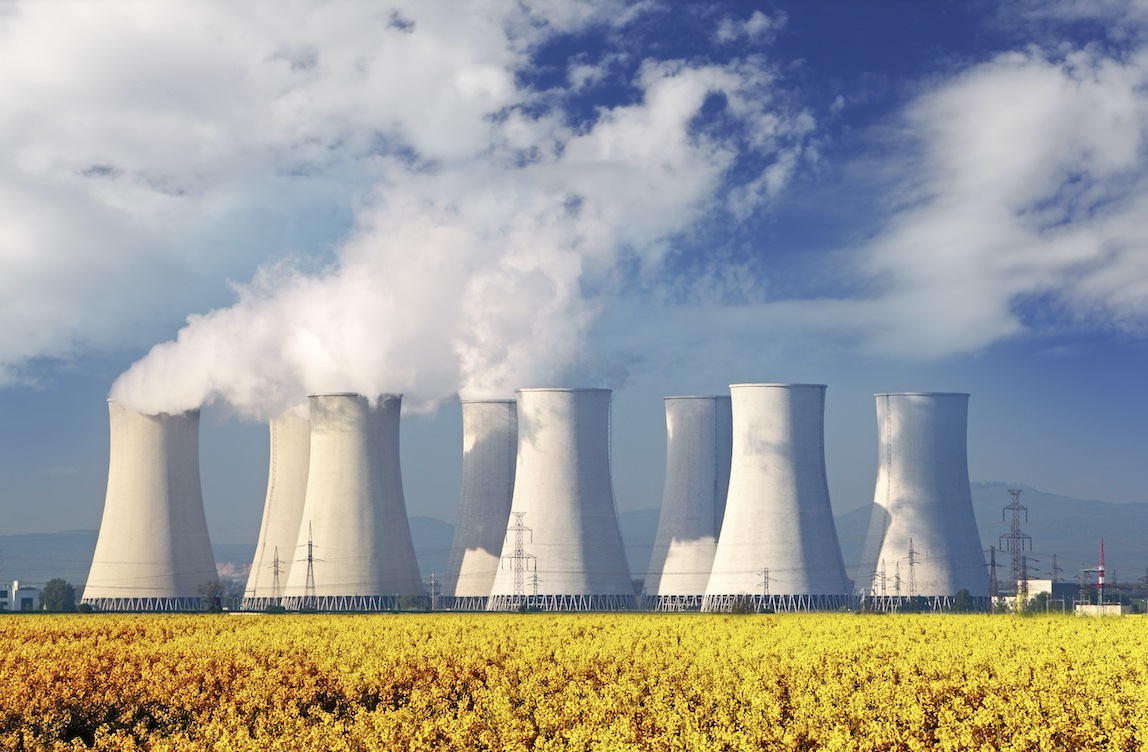|
Uranium spot prices have been surging throughout the last few weeks, causing equities in the uranium mining sector to skyrocket. In the month of September alone, the North Shore Global Uranium Mining ETF (URNM) has risen by more than 41%. Weekly spot U3O8 (triuranium octoxide, the most stable form of uranium oxide found in nature) stood at $39 per pound on September 6, the highest in over six years, according to UxC data. As of yesterday, that rally pushed spot uranium past the $43 mark.
This latest leg of the uranium rally can be partially chalked up to “r/WallStreetBets” (the online messaging board that’s engineered massive short squeezes in GameStop, AMC, and others), as uranium miner Cameco (CCJ) surpassed Apple (AAPL) to become the most popular stock on the entire subreddit yesterday. But there is a longer-term story – driven by fundamental disruption in the uranium market’s supply/demand balance – that ultimately kicked off this upswing, and could keep the momentum going.
Uranium Demand Driven Higher by Support for Reactors
As MRP noted last month, uranium demand is set to be spurred higher in coming years by the new US infrastructure bill, passed in August by the Senate. The language of the bill promises to hand struggling nuclear power reactors a $6 billion lifeline via the Department of Energy (DoE). Per UtilityDive, An additional $6 billion will be set aside for funding of microreactors, small modular reactors and advanced nuclear reactors.
Strong federal support for the nuclear energy industry has huge implications for its viability. Back in February, Bank of America estimated that the planned closure of 12 US nuclear power plants in the current decade could be postponed beyond 2030, thanks to President Biden’s clean energy agenda – one that specifically carves out a place for nuclear energy. As Barron’s reported at the time, delays to planned nuclear plant closures in the United States could increase uranium demand projections by 26 million pounds per year.
Though only 54 reactors are currently under construction worldwide, the rising popularity of small modular reactors (SMRs) in the US, as well as new nuclear energy projects in rising economies like Poland and China, means uranium demand should be well-supported for many years to come. The World Nuclear Association said the world’s roughly 440 nuclear reactors require some 79,500 metric tons of uranium oxide concentrate each year and in a 2019 report, forecast a 26% increase in uranium demand from 2020 to 2030.
Even in Japan, a nation spurned by the infamous Fukushima Daiichi nuclear disaster in 2011, nuclear energy is getting a second look. As Bloomberg reports, Japanese utilities stocks soared last week after Taro Kono, an administrative reform minister and possible candidate to replace Prime Minister Yoshihide Suga, stated that that nuclear power plants are needed to some degree for the country to achieve its pollution-curbing goals. Most of the country’s 33 operable reactors remain offline, but many could soon see a new life if Japan goes forward with making nuclear a larger part of its green energy future.
Years of Thinning Supply Compounded by New Physical Trust
Years of production cuts and spot market purchases from major uranium miners like Cameco and Kazatomprom have thinned out a significant glut of uranium that drove spot prices into the teens back in 2016. The onset of COVID-19 drove mine production even lower in 2020 and Kazatomprom reported in late August that they’d be “extending the 20% reduction of [its] production against subsoil use agreements for an additional year, through 2023. This means that for yet another year, global primary production is expected to be over 5,000 tU lower than was previously anticipated.”
Along with the industry’s concentrated effort to drive prices higher, the recent launch of the Sprott Physical Uranium Trust (SRUUF) has played a huge role in tightening the market even further. The Toronto-listed trust, which begun purchasing uranium in July, has been expanding its purchases; now amassing over 24 million pounds of U3O8 – equivalent to an NAV of $1.3 billion. Sprott’s holdings represent more than a quarter of the annual spot volume from 2020, which Yellowcake pegs around 92 million pounds.
According to analysts at Raymond James Financial, uranium prices must rise further yet to initiate the restart of production needed to meet uncovered utility demand after 2023. Just last month, Morgan Stanley ranked uranium the “most bullish” commodity among 17 mined commodities in its Metals and Mining Commodity Thermometer. As noted in the investment bank’s thesis, there is “Further price upside near term as commercial inventories are drawn down…” That assessment is right in line with the supply-side catalysts MRP has been highlighting in the uranium market throughout 2021.
Nick Piquard, a portfolio manager at Horizons ETFs, is one of the most bullish proponents of the uranium trade, projecting prices to eventually surpass $60 a pound. In his view, Sprott’s purchases have “accelerated the timetable” of a potential bull market by up to two years. |


Leave a Reply